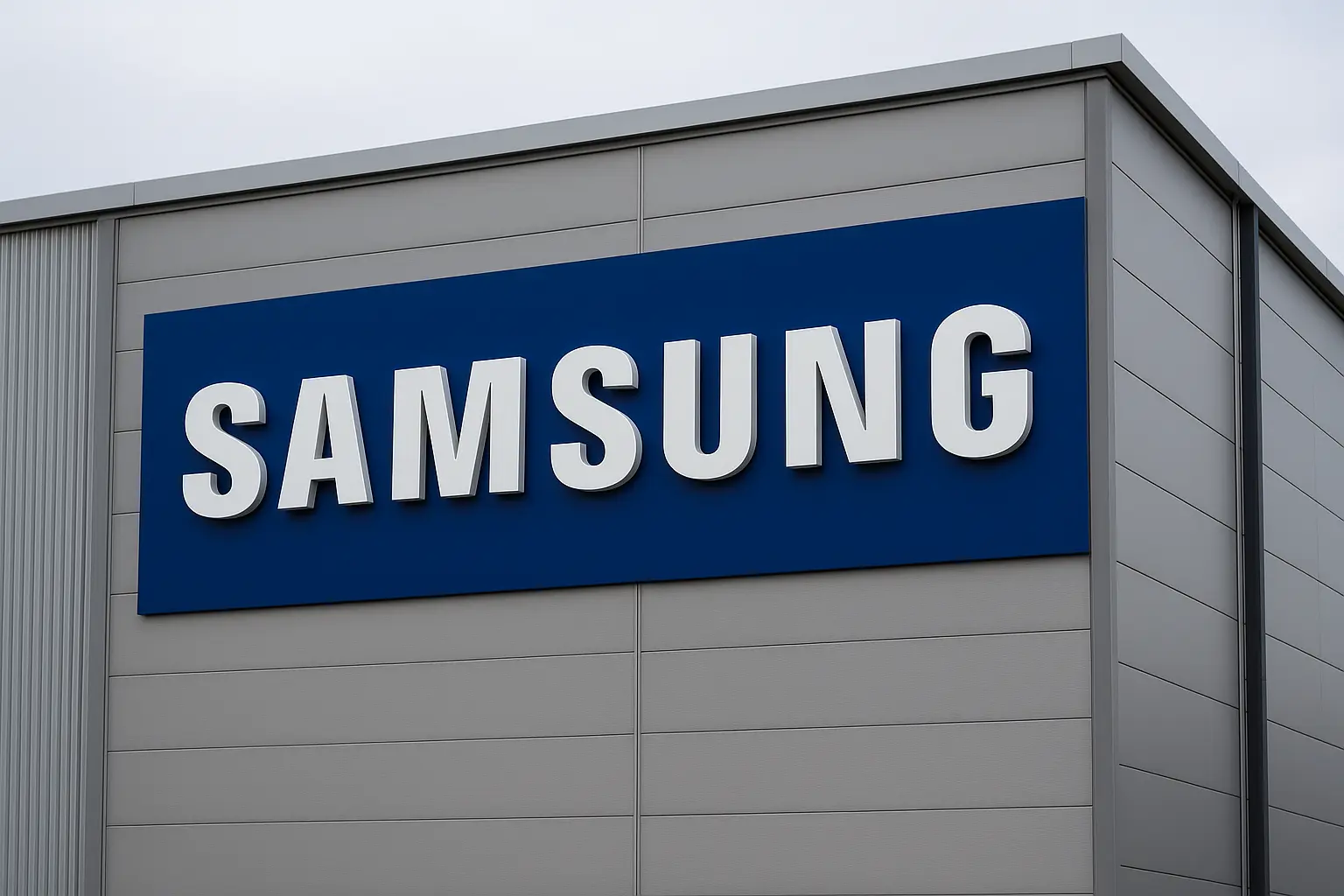The semiconductor world has been shaken by a dramatic shift in power, and at the center of the storm stands Samsung Electronics — South Korea’s largest and most influential conglomerate. Known globally for its smartphones, TVs, and appliances, Samsung’s true profit engine has long been its semiconductor division, which for decades dominated the DRAM market and supplied critical chips to industries worldwide.
But in 2025, that dominance is under siege. Profits have plunged far below expectations, aggressive rivals like SK Hynix have surged ahead, and the AI-driven demand for high-bandwidth memory (HBM) has exposed Samsung’s delayed investment in next-generation technologies. The crisis threatens not just Samsung’s position in the global tech hierarchy but also South Korea’s economy, given that the company accounts for roughly one-fifth of the nation’s exports.
From Market Leader to Market Lagging
A Profit Shortfall That Shocked Analysts
Samsung’s semiconductor unit, which typically generated 50–70% of the company’s operating profits, stunned markets when it reported just 400 billion won in Q2 operating profit — a fraction of the expected 2.73 trillion won. This wasn’t a simple seasonal dip; it was a sign of structural changes in the semiconductor industry that Samsung was slow to anticipate.
Losing the DRAM Crown
For over three decades, Samsung reigned supreme in the DRAM memory chip market. These chips power everything from consumer gadgets to massive data centers. But in a historic shift, SK Hynix has overtaken Samsung in market share, largely due to strategic foresight in HBM development — a memory type now indispensable for AI systems.
Read how AI in recruitment is reshaping the hiring landscape in 2025.
The AI Boom That Changed Everything
ChatGPT and the AI Gold Rush
The late-2020s AI explosion — sparked by tools like ChatGPT — triggered a surge in demand for high-performance AI chips. These chips require specialized memory like HBM3 and the upcoming HBM4, which allows faster data transfer for AI training and inference. SK Hynix moved early to secure this market, forming an exclusive partnership with Nvidia, the world’s leading AI chipmaker.
Samsung’s Missed Window
While SK Hynix was busy securing Nvidia contracts, Samsung was slower to pivot its R&D toward advanced HBM. As a result, it supplies only about 1% of Nvidia’s semiconductor needs, compared to SK Hynix’s dominant share. This gap has left Samsung scrambling to catch up in a market where timing is everything.
National Implications: More Than a Corporate Crisis
An Economic and Cultural Pillar
Samsung isn’t just a corporation in South Korea — it’s a national symbol. The company directly and indirectly employs hundreds of thousands, fuels nearly 20% of South Korea’s exports, and significantly influences the stock market. Its decline raises concerns about national economic stability.
Public Acknowledgment of Trouble
In a rare move for a company known for its corporate secrecy, Samsung executives have publicly apologized to shareholders and the public, admitting the scale of the challenge. This transparency underscores the gravity of the situation and the urgency of their recovery plan.
Explore the skills top employers are prioritizing in 2025.
Battleground: The Foundry Business
TSMC’s Dominance
Samsung’s foundry division — which manufactures chips for other companies — is another pressure point. Taiwan’s TSMC controls roughly two-thirds of the global foundry market, leaving Samsung with around 8%. This disparity affects Samsung’s ability to compete in logic chip manufacturing, a critical segment for AI, smartphones, and high-performance computing.
A Glimmer of Hope: Tesla Partnership
Recently, Samsung secured a foundry contract with Tesla to produce AI semiconductors for autonomous driving systems. While promising, it’s a small step compared to the massive market share held by its competitors.
Racing Toward HBM4 and Beyond
Accelerating R&D
To claw back market share, Samsung is fast-tracking the development of HBM4 and next-gen DRAM technologies. This includes significant investments in fabrication plants and partnerships aimed at closing the gap with SK Hynix.
Learning from Past Mistakes
The semiconductor industry operates on multi-year investment cycles, where billions must be committed years before the market fully matures. Samsung’s lag in HBM investment shows how even industry leaders can be blindsided by rapid technological shifts.
Samsung’s Semiconductor Shake-Up Could Change the Game
Industry shifts create hiring opportunities. Post your tech and engineering roles now to reach top talent before your competitors do.
👉 Post a Job Now →Industry Lessons: Leadership Is Never Guaranteed
Samsung’s struggles echo the cautionary tale of Intel, which once dominated the CPU market before losing its lead. In semiconductors, leadership is earned and re-earned through constant innovation, agile investment, and strategic alliances.
The global chip market is too dynamic for complacency. AI has become a disruptive force, redefining what it takes to compete at the highest level. For Samsung, the next two years will determine whether it remains a global powerhouse or cedes its throne for good.
FAQs About the Samsung Semiconductor Crisis 2025
What is the Samsung Semiconductor Crisis 2025?
The Samsung Semiconductor Crisis 2025 refers to the company’s sharp profit decline, loss of DRAM market leadership to SK Hynix, and delayed investment in AI-driven memory technologies like HBM.
Why did Samsung lose its DRAM leadership in 2025?
Samsung lost its DRAM leadership primarily due to SK Hynix’s early investment in high-bandwidth memory (HBM) and strategic partnership with Nvidia, giving SK Hynix a dominant position in the AI chip supply chain.
How does the Samsung Semiconductor Crisis 2025 affect South Korea’s economy?
Samsung contributes around 20% of South Korea’s exports and employs hundreds of thousands. Its struggles raise concerns about national economic stability and competitiveness in the global tech industry.
Can Samsung recover from the Semiconductor Crisis 2025?
Yes, recovery is possible if Samsung accelerates its investment in next-generation chips like HBM4, strengthens strategic partnerships, and improves its foundry competitiveness against leaders like TSMC.




